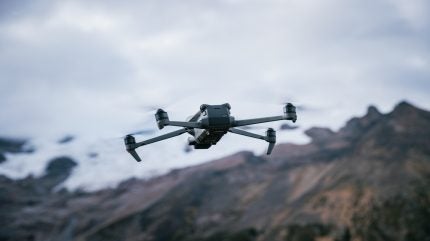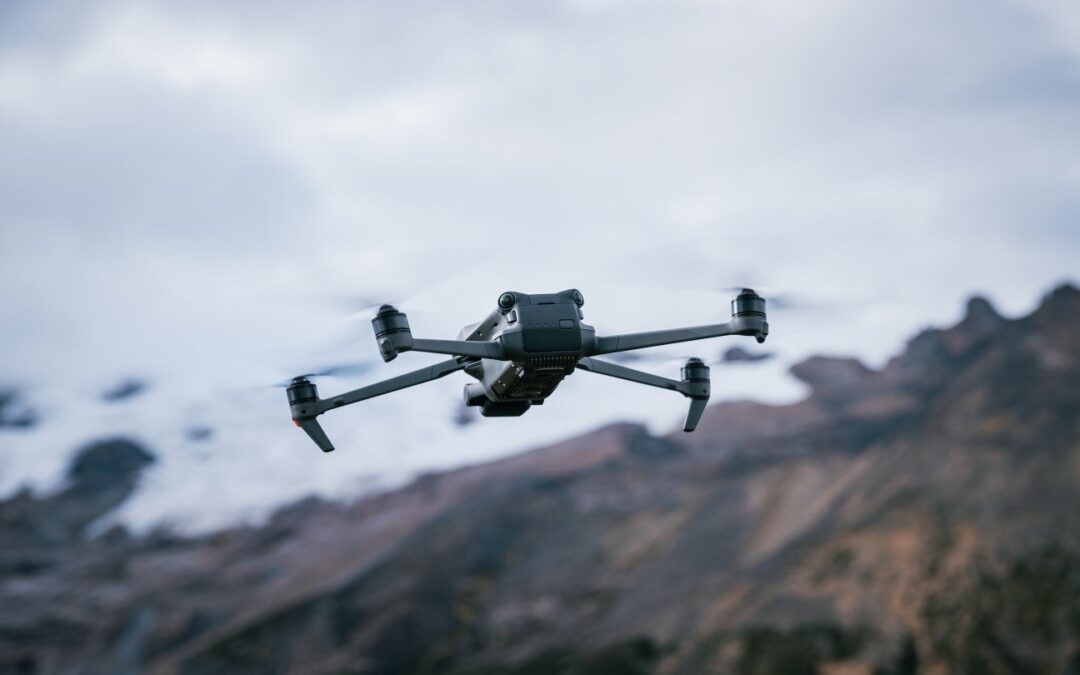
Ukraine’s Armed Forces have deployed a drone-carrying mothership known as GOGOL-M to transport and deploy two first-person view (FPV) uncrewed aerial vehicles (UAVs) to a distance of 300 kilometres (km) from an enemy target.
While some details of the operation are classified, including the strikes, Ukraine’s government confirmed that the carrier aircraft transported the drones up to 100km one way, at which point the the mothership returns to base for reuse.
Meanwhile, the UAVs are capable of autonomously identifying and striking precise targets from parked aircraft to air defence systems and military infrastructure.
The cost of a mission is only $10,000, compared to $3–5m for traditional missile strikes.
Video footage reveals that the mothership is a fixed-wing aircraft carrying a drone on pylons beneath each wing. The drone carrier also appears to fly from a catapult system.
Extending the range of precision strike missions
Strategy Force Solutions developed the carriers through Brave1 – a platform set up by the Ukrainian government to centralise collaboration among defence companies, forces, and investors.
In an interview with Forbes, a company official said that the mothership is powered by an artificial intelligence (AI) platform known as SmartPilot, which combines data from across numerous sensors for environment perception and target recognition.
In recent months, the fibre-optic controlled drone has grown in use in the Russia-Ukraine war to evade any adversarial jamming efforts. However, the limitation is that these drones are limited to ranges of around 10-20km.
The concept of a drone carrier would be able to overcome the range limitation by transporting fibre-optic drones, ensuring precision strike and security of the systems from jamming. However, this concept also depends on the additional weight of the fibre-optic wind and the battery system of fibre-optic drones.
According to GlobalData intelligence, the global military UAV market is valued at $13.6bn in 2025 and is projected to grow at a compound annual growth rate of 6.3% over the next ten years.


